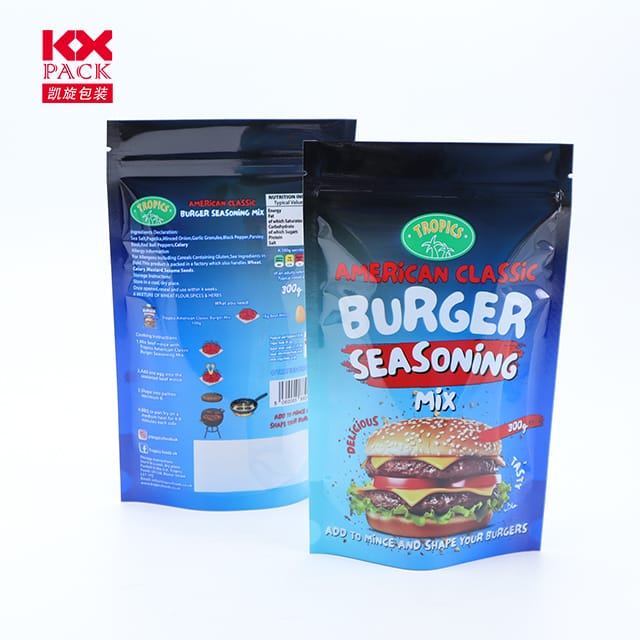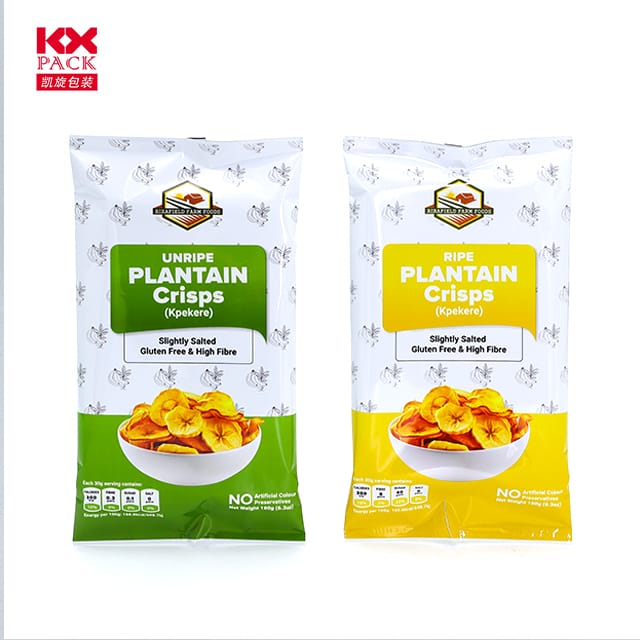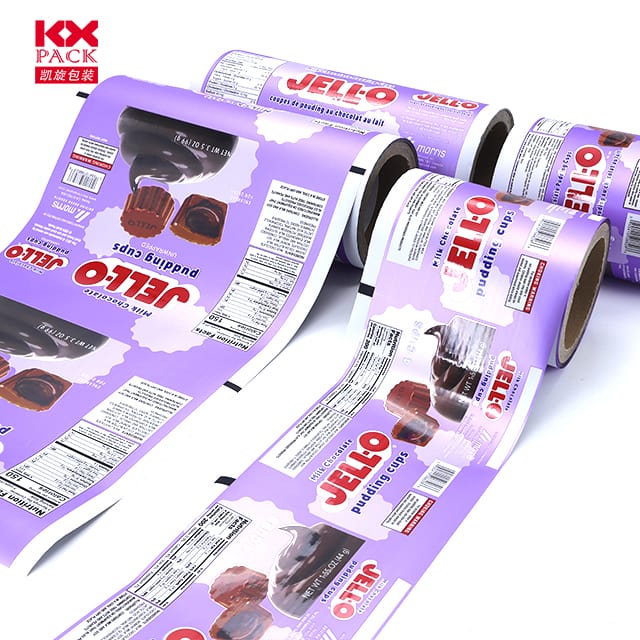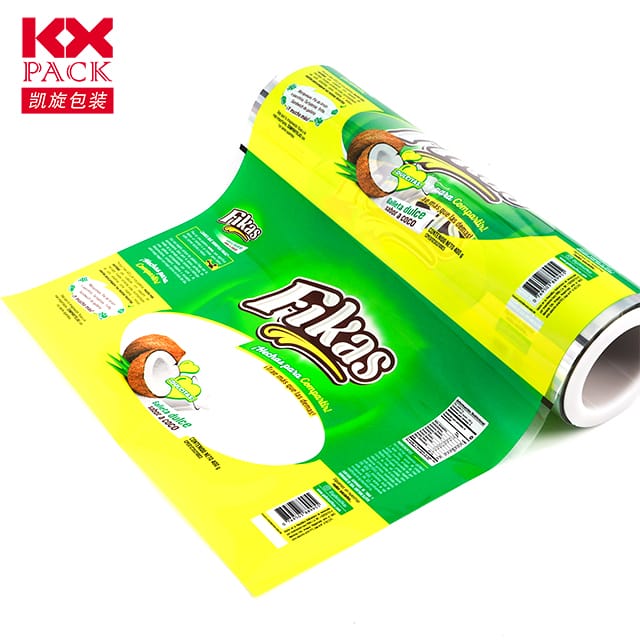Еволуција и иновација пластичне фолије за храну: Обезбеђивање безбедности и одрживости
Пластични филм за храну
In today’s food industry, food grade plastic film stands as a cornerstone of packaging innovation, балансирање сигурности, функционалност, и одговорност на животну средину. Како глобална потражња за пакованом храном расте, као и потреба за напредним материјалима који штите производе без угрожавања здравља или планете. Let’s delve into the world of food grade plastic films—their types, апликације, risks, and future trends.
What Makes a Plastic Film “Food Grade”?
Food grade plastic films are engineered to meet stringent safety standards set by regulatory bodies like theU.S. ФДА (Code of Federal Regulations Title 21) и тхе тхеEU’s 10/2011 regulation. These materials must:
- Not leach harmful chemicals into food.
- Withstand temperature variations during storage, превоз, and heating.
- Resist degradation from acids, fats, or moisture in food.
- Be traceable to ensure compliance with safety protocols.
Common food grade polymers include:
- Полиетилен (ПЕ): ХДПЕ (rigid containers) and LDPE (Флексибилни филмови, cling wraps).
- Полипропилен (ПП): Microwave-safe containers, thermoformed trays.
- Полиетилен терефталат (КУЋНИ ЉУБИМАЦ): Transparent bottles, blister packs.
- Polyvinyl Chloride (Пвц): Used cautiously due to potential phthalate migration.
- Bio-based Alternatives: Плашт (Полилактичка киселина) and starch-based composites for eco-friendly options.
Key Applications in Food Packaging
- Малопродаја & Consumer Packaging
- Свежи производ: LDPE films extend shelf life by regulating oxygen and moisture.
- Dairy & Beverages: HDPE jugs and PET bottles dominate for their lightweight durability.
- Ready-to-Eat Meals: PP trays withstand microwave heating (up to 120°C).
- Индустријски & Bulk Handling
- High-Barrier Films: Multi-layer structures (Нпр., PA/EVOH/PE) prevent oxygen ingress for meat, cheese, and coffee.
- Flexible Pouches: Stand-up pouches with zippers and spouts enhance convenience.
- Specialty Uses
- Modified Atmosphere Packaging (Мапа): Films adjust gas composition to slow spoilage.
- Smart Labels: Temperature-sensitive inks or QR codes track freshness.
Risks and Challenges
Despite their benefits, food grade plastic films face scrutiny:
- Chemical Migration: High temperatures or acidic foods may cause additives (Нпр., plasticizers) to leach.
- Microplastics: Fragmentation during use or disposal raises environmental concerns.
- Рецицлинг Хурдлес: Mixed-material laminates (Нпр., aluminum/PET) complicate recycling.
Sustainable Innovations Shaping the Future
The industry is pivoting toward eco-conscious solutions:
- Биоразградиво & Компостибилни филмови
- Плашт, derived from corn starch, decomposes in industrial composting facilities.
- PHA (polyhydroxyalkanoates) offers marine-degradable options.
- Recyclability Advancements
- Monomaterial Designs: All-PE or all-PP structures simplify recycling.
- Chemical Recycling: Breaks down plastics into raw materials for new films.
- Regulatory Push
- Тхе Директива о пластици са једним употребом ЕУ bans non-recyclable films by 2030.
- China’s GB 4806.7-2023 standardizes food contact materials, encouraging domestic innovation.
- Tech-Driven Solutions
- Nanocoatings: Enhance barrier properties without adding thickness.
- Active Packaging: Incorporates antioxidants or antimicrobial agents.
Consumer Tips for Safe Usage
- Avoid Heating PVC or PS Films: These may release toxins.
- Check Recycling Codes: #2 (ХДПЕ), #4 (ЛДПЕ), и #5 (ПП) are safer choices.
- Limit Single-Use Films: Opt for reusable silicone lids or beeswax wraps.
Тхе Роад Ахеад
The food grade plastic film market is projected to reach$51.9 милијарди по 2030, вођен:
- Поновна тржишта у настајању: Rising middle classes in Asia and Africa demand packaged food.
- E-commerce Growth: Online grocery sales rely on durable, leak-proof films.
- Circular Economy Goals: Brands like Nestlé and Coca-Cola pledge 100% паковање од рециклирања од стране 2025.
Закључак
Food grade plastic films are indispensable to modern food systems, but their future hinges on innovation and responsibility. By embracing bio-based materials, improving recyclability, and adhering to strict safety standards, the industry can meet consumer demands while safeguarding health and the environment.
As consumers, let’s advocate for transparency and sustainability—because the films that wrap our food should protect more than just its freshness.
What’s your take on food grade plastic films? Поделите своје мисли у коментарима испод! 🌱🍎📦







